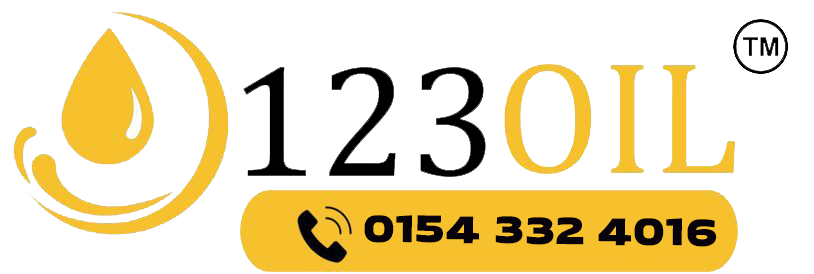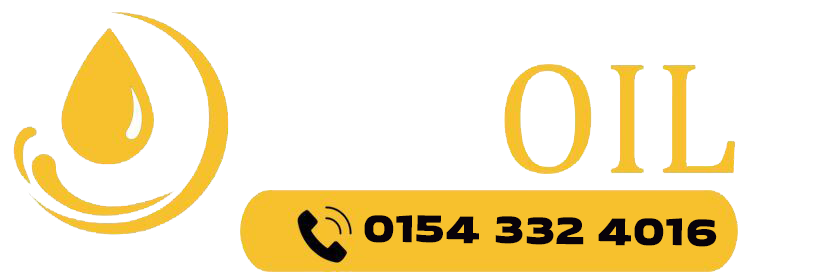Paraffin is a broad term that encompasses a group of waxy, solid hydrocarbons derived primarily from petroleum or shale oil. These hydrocarbons are alkanes, saturated hydrocarbons consisting of carbon and hydrogen atoms arranged in a straight or branched chain. The general formula for these is CnH2n+2, where “n” represents carbon atoms bonded with each other in the molecule.
Composition of Paraffin
Paraffin is a complex mixture of hydrocarbons, primarily consisting of straight-chain alkanes with carbon chain lengths ranging from 20 to 40 carbon atoms. The composition of paraffin wax can vary depending on the source of the crude oil and the refining process used.
The main constituents of paraffin wax are saturated hydrocarbons, specifically alkanes. These hydrocarbons have the general formula CnH2n+2. The most abundant hydrocarbons in paraffin wax typically have carbon chain lengths between 22 and 32.
In addition to alkanes, paraffin wax may contain small amounts of other hydrocarbons, such as alkenes and alkynes, as well as aromatic compounds and nitrogen, sulphur, or oxygen-containing compounds. These impurities affect its properties, like its melting point, colour, and odour.
The exact composition of paraffin wax may vary depending on its intended application. For example, paraffin wax used in candle-making may have a slightly different composition than in cosmetic products or industrial applications. Refining processes can be used to remove impurities and optimise the properties of the wax for specific applications.
History of Paraffin
The history of paraffin can be traced back to the early 19th century. Here is an overview of the history of paraffin:
Discovery of Paraffin
In the early 1800s, chemists and scientists began exploring the properties of petroleum, a naturally occurring substance found in underground oil fields. During this time, researchers discovered a waxy substance that separated from petroleum when distilled. This substance was named “paraffin” by German chemist Karl Reichenbach in 1830, derived from the Latin word “parum affinis,” meaning “lacking affinity” due to its low reactivity with other substances.
Industrial Production
In the mid-1800s, the industrial production of paraffin wax began. Scottish chemist James Young played a significant role in developing the process for extracting paraffin wax from crude oil. He established a company called Young’s Paraffin Light and Mineral Oil Company, which became one of the world’s largest producers of paraffin wax.
Candle-Making Revolution
Candles were primarily made from tallow (animal fat) or beeswax, which were expensive and had limitations. Paraffin wax provided an inexpensive and readily available alternative, and it could be quickly melted, moulded, and solidified, resulting in a more affordable and consistent light source.
Expansion of Applications
In the late 19th century, paraffin wax found use in various industries. It was utilised as a waterproofing agent for textiles and as a component in manufacturing matches, sealing wax, and lubricants. Paraffin wax coatings were also applied to paper and cardboard to improve their resistance to moisture and grease.
Development of the Petroleum Industry
The widespread use of paraffin wax played a significant role in developing the petroleum industry. As the demand for paraffin wax grew, it provided a market for petroleum by-products, encouraging further exploration and crude oil extraction.
Advancements in Production Techniques
Over time, advancements in refining and purification processes improved the quality and purity of paraffin wax. New techniques, such as solvent dewaxing and hydrotreating, were developed to remove impurities and optimise the properties of the wax for specific applications.
Alternatives and Environmental Concerns
Alternative waxes such as soy wax and beeswax have become famous due to environmental and sustainability concerns. These waxes are considered more natural and renewable compared to petroleum-based paraffin wax. The demand for eco-friendly and biodegradable alternatives has led to the exploration of new wax options.
Despite the emergence of alternatives, paraffin wax remains largely used due to its favourable properties, versatility, and cost-effectiveness. Its history marks a significant milestone in the utilisation of petroleum by-products and the development of various industries.
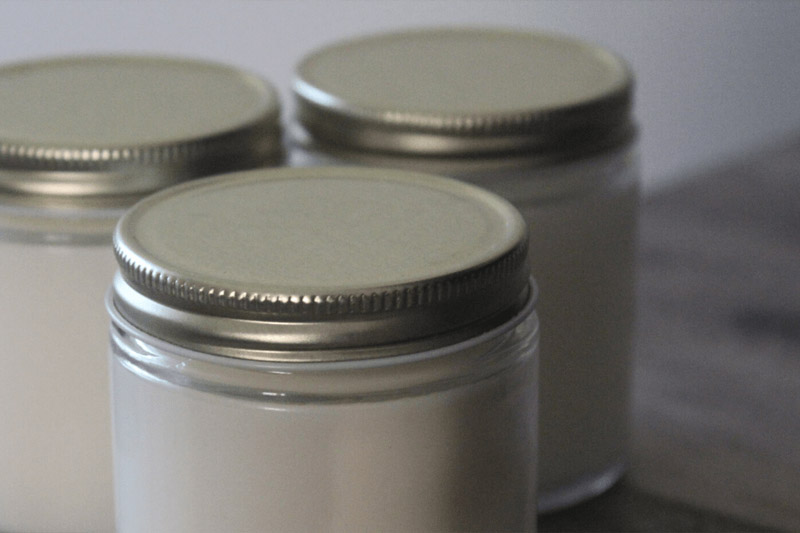
Salient Features
Paraffin wax, the most prevalent form of paraffin, is a versatile material with many applications. Its popularity stems from its desirable properties and characteristics. Here are some key features that contribute to its widespread use:
Melting Point
Paraffin wax has a relatively low melting point, typically from 46 to 68 degrees Celsius (115-154 degrees Fahrenheit). This property is easy to handle and manipulate, as it can be melted and solidified at relatively low temperatures.
Translucency
Paraffin wax is translucent, allowing light to pass through partially. This quality is advantageous in applications where a certain level of visibility or light diffusion is desired, such as in the production of candles or wax paper.
Odourless and Tasteless
Paraffin wax is virtually odourless and tasteless, making it an excellent choice for applications that should not interfere with the sensory experience. This quality is particularly relevant in producing food-grade coatings or cosmetic products.
Stability
Paraffin wax exhibits stability at various temperatures, preserving its structural integrity without undergoing significant chemical changes. It remains solid at room temperature and maintains its shape even in warm environments, and this stability ensures the longevity and durability of products made with paraffin wax.
Some Prominent Uses of Paraffin
Based on the above properties, paraffin wax finds numerous applications in different industries and sectors:
Candles: Paraffin wax is the primary ingredient in the production of candles. It burns cleanly and evenly, providing a reliable and consistent source of light and heat.
Cosmetics and Personal Care Products: It is employed as a moisturising agent, helping to retain moisture in the skin and providing a smooth texture in products such as lip balms, lotions, creams, and ointments.
Packaging: By applying a thin layer of paraffin wax, the packaging gains enhanced water resistance and a glossy finish, protecting the contents from moisture damage and improving visual appeal.
Food Applications: Food-grade paraffin wax is employed in various food-related processes. It is often used as a coating for certain types of cheese to prevent moisture loss and preserve freshness. Additionally, paraffin wax coatings on fruits and vegetables can help extend their shelf life and enhance their visual appeal.
Pharmaceuticals: Paraffin wax is a base material in some pharmaceutical products, particularly ointments and balms. It acts as a carrier for active ingredients, allowing for controlled release and providing a smooth, spreadable texture.
How Is Paraffin Advantageous for Beauty Items?
Paraffin wax is commonly used in beauty products due to its numerous benefits and desirable properties. Some of the benefits of using paraffin wax in beauty and skincare products:
Moisturisation: Paraffin wax has excellent moisturising properties. When applied to the skin, it forms a barrier that helps to lock in moisture, preventing dehydration and dryness. This makes it particularly beneficial for individuals with dry or rough skin.
Softening and Smoothing: Paraffin wax has a softening effect on the skin, helping to improve its texture and overall smoothness. It helps to soften rough areas, such as the elbows, knees, and heels, leaving the skin feeling supple and rejuvenated.
Skin Softening and Healing: Paraffin wax can aid in softening and healing rough, cracked, or calloused skin. It can benefit individuals with conditions like eczema or psoriasis, as it helps alleviate dryness, reduce itching, and promote healing.
Relaxation and Spa: Paraffin Wax treatments provide a luxurious and relaxing spa-like experience. The warmth and enveloping sensation of the wax create a soothing effect, helping to reduce stress and promote relaxation. Many beauty salons and spas offer paraffin wax treatments as part of their pampering services.
Hygiene and Cleanliness: Paraffin wax has natural antibacterial properties, which can contribute to maintaining good hygiene in beauty treatments. When the wax is melted, it reaches high temperatures that help to kill bacteria and other microorganisms, reducing the risk of infection or contamination.
Easy Application and Removal: Paraffin wax has a low melting point and is easy to apply on the skin. It spreads smoothly and evenly, ensuring uniform coverage. When it solidifies, it forms a flexible and easily removable layer, allowing for hassle-free removal without causing discomfort.
Cost-Effectiveness: Paraffin wax is relatively inexpensive compared to some other skincare ingredients, and its affordability makes it an accessible option for professional beauty treatments and at-home skincare routines.
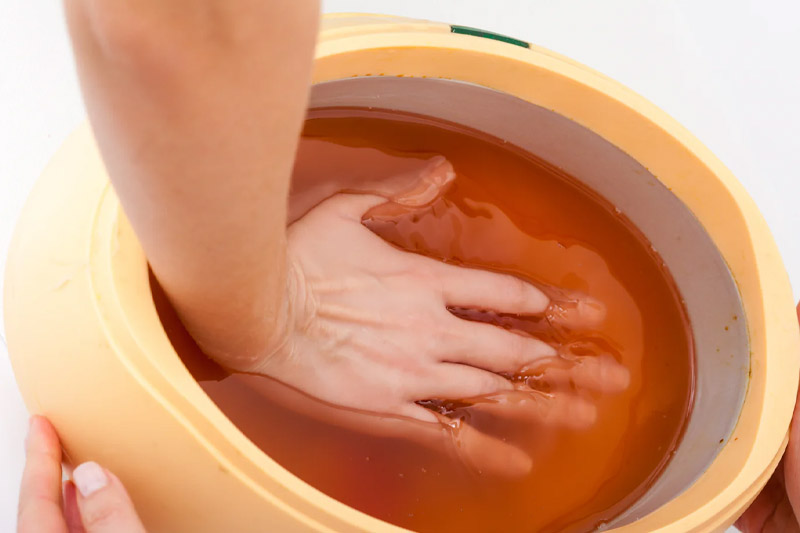
Knowing A Little About Kerosene
When discussing heating oils, paraffin and kerosene go hand in hand. Let’s learn some about kerosene and
Kerosene is a flammable liquid hydrocarbon fuel commonly used for various purposes, and it is derived from crude oil through a refining process known as distillation. Kerosene comprises a mixture of hydrocarbon molecules containing carbon chain lengths between 10 and 16 carbon atoms.
Kerosene has a relatively low boiling point, which makes it volatile and easily vaporised. It is colourless or pale yellow and has a characteristic odour.
Comparison of Paraffin and Kerosene
Paraffin and kerosene are derived from petroleum and share some similarities but have distinct characteristics and applications. Here’s a comparison between paraffin and kerosene:
Composition
Paraffin is a mixture of solid hydrocarbons, primarily consisting of straight-chain alkanes with carbon chain lengths ranging from 20 to 40 carbon atoms. It is a waxy substance.
Kerosene: Kerosene is a liquid hydrocarbon fuel composed of alkanes, primarily containing carbon chain lengths between 10 and 16 carbon atoms. It is a clear, thin, and flammable liquid.
Physical Properties
Paraffin: Paraffin wax is a solid at room temperature with a low melting point, typically between 46 and 68 degrees Celsius (115-154 degrees Fahrenheit). It is translucent and has a waxy texture.
Kerosene: Kerosene is a liquid fuel with a relatively low boiling point, typically between 150 and 275 degrees Celsius (300-527 degrees Fahrenheit). It is volatile and evaporates readily.
Flammability:
Paraffin: Paraffin wax is flammable but has a higher flash point than kerosene. It requires a higher temperature to ignite.
Kerosene: Kerosene is highly flammable and has a lower flash point than paraffin wax. It ignites at a relatively lower temperature.
Safety Considerations:
Paraffin: Paraffin wax is generally considered safe to handle and use. However, precautions should be taken to avoid direct exposure to high temperatures or open flames when melting or using paraffin wax.
Kerosene: Kerosene is flammable and should be handled with caution. Proper storage, ventilation, and usage guidelines should be followed to prevent accidents or fires.
Can We Use Paraffin as A Substitute for Kerosene?
Using paraffin as a substitute for kerosene depends on the specific application and the intended purpose. While both paraffin and kerosene are petroleum-derived products, they have different properties and characteristics.
Paraffin wax, in its solid form, is not a direct substitute for liquid kerosene, and Paraffin wax has a higher melting point and does not readily combust like kerosene. Therefore, it is unsuitable for applications that require liquid fuel, such as lamps, heaters, or engines designed to burn liquid fuels.
It’s important to mind your specific application and consult relevant safety guidelines and recommendations. Suppose you are uncertain about substituting paraffin for kerosene. In that case, consulting with experts or professionals in the respective fields for guidance and to ensure safety and optimal performance is advisable.
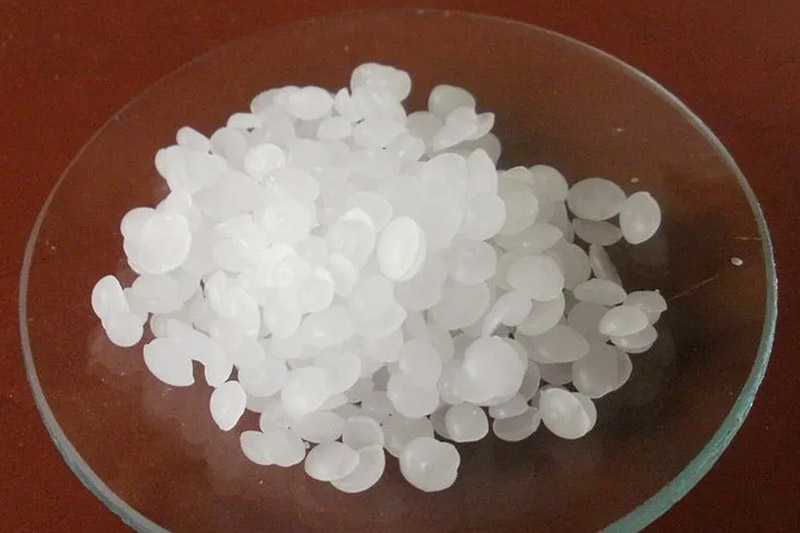
Uses of Kerosene
One of the primary applications of kerosene is as a fuel for heating, lighting, and powering certain types of engines. It is commonly used in lamps, stoves, heaters, jet engines, and vehicles. Kerosene’s high energy content and relatively low volatility make it suitable for combustion in various heating and combustion systems.
In addition to its use as a fuel, kerosene can also be found in some cleaning and solvent products and specific industrial processes. However, it is essential to note that kerosene should be cautiously handled and stored due to its flammability.
Paraffin and Diesel
Paraffin and diesel, two petroleum-derived substances, embody a fascinating dichotomy in the fuels world. Paraffin, with its solid and waxy nature, represents the beauty and versatility found in applications such as candle-making, cosmetics, and pharmaceuticals. Its ability to moisturise skin and create a soothing ambience is enchanting.
On the other hand, diesel, a liquid fuel, exudes power and efficiency, propelling heavy-duty machinery and igniting the spark of transportation. It is the lifeblood of industrial progress, with its high energy density and formidable combustion properties.
While paraffin evokes warmth and elegance, diesel symbolises raw strength and productivity. Despite their disparities, these two substances harmonise within the realms of their respective applications, reminding us of the diverse wonders hidden within the realm of petroleum-derived marvels.
Conclusion
Paraffin, kerosene, and diesel are petroleum-derived products that showcase these substances’ versatility and transformative power. Paraffin wax finds uses in beauty, cosmetics, and industry due to its waxy texture and moisturising properties.
Kerosene is a liquid fuel providing heat, light, and energy for engines and various settings. Diesel fuel is a potent catalyst for industrial progress, powering heavy machinery and transportation. These products, originating from the depths of the earth, demonstrate human innovation and adaptability.
Whether it’s the soothing glow of a paraffin candle, the comforting warmth of a kerosene heater, or the unstoppable force of a diesel engine, they shape our lives and fuel our modern world.
